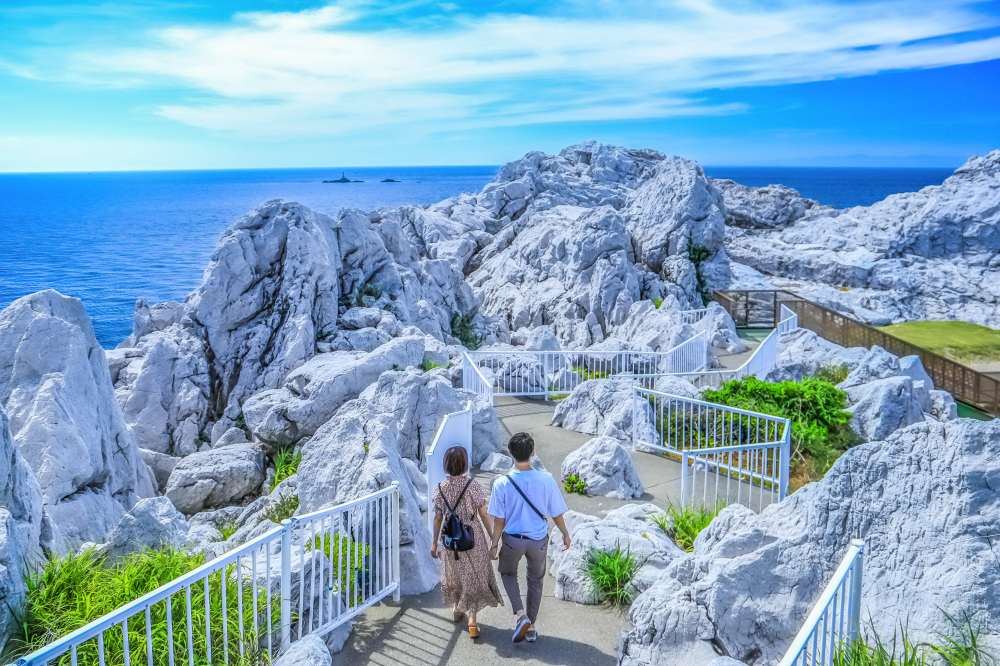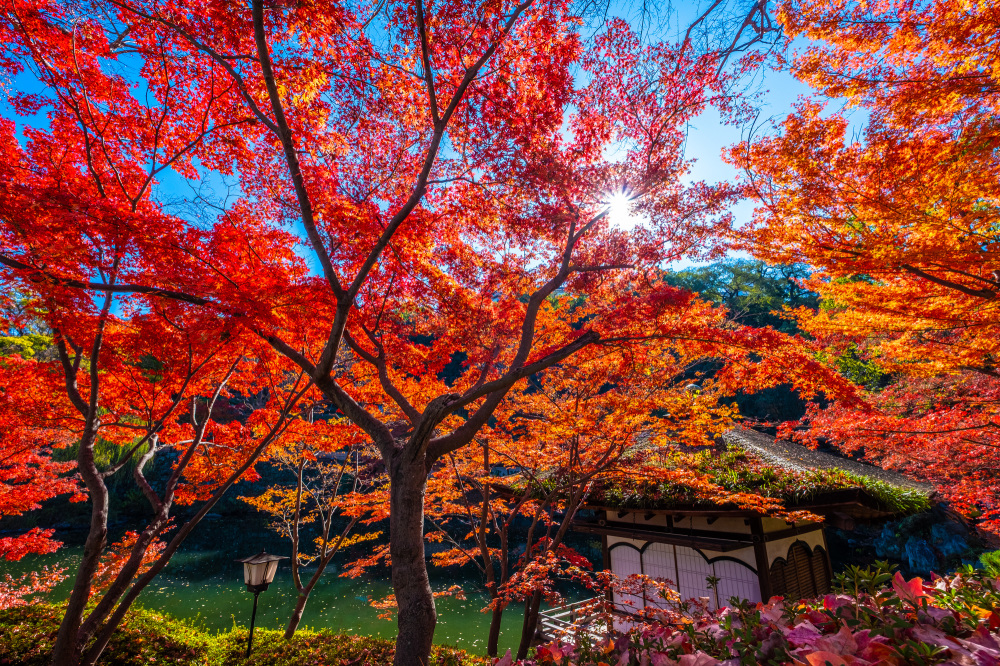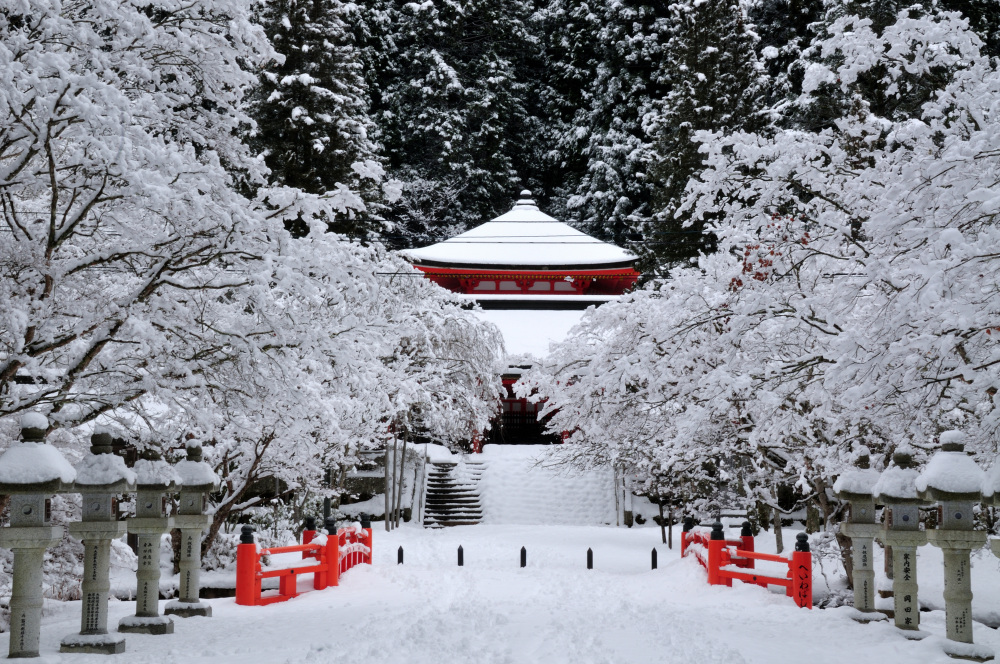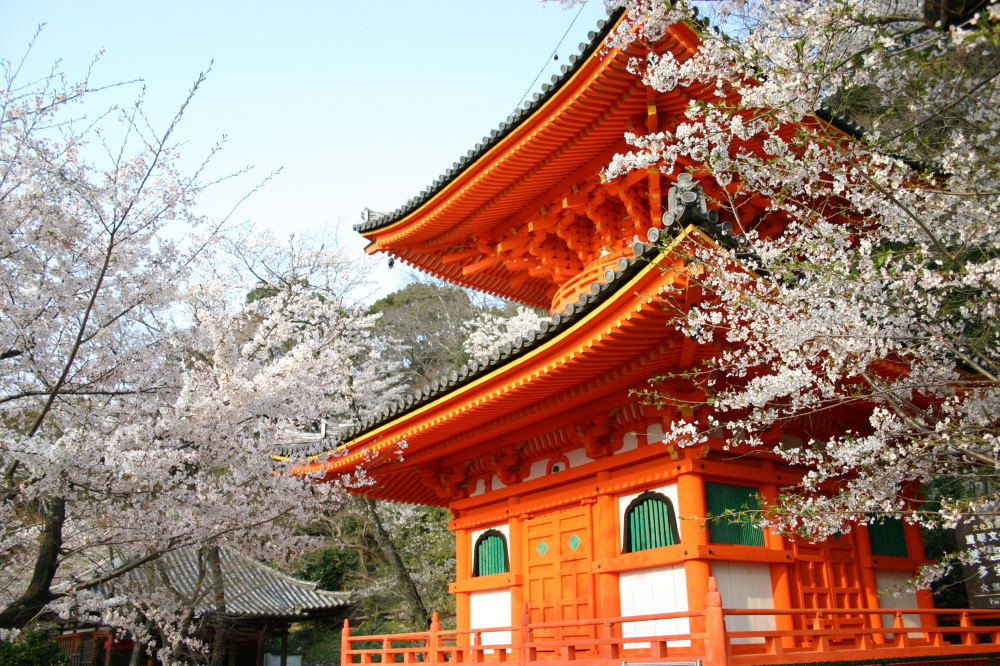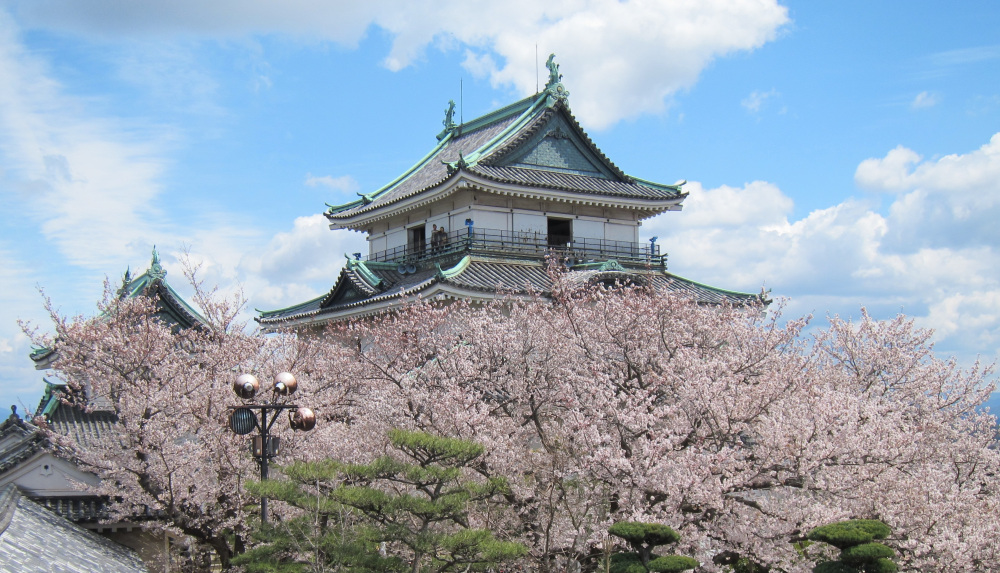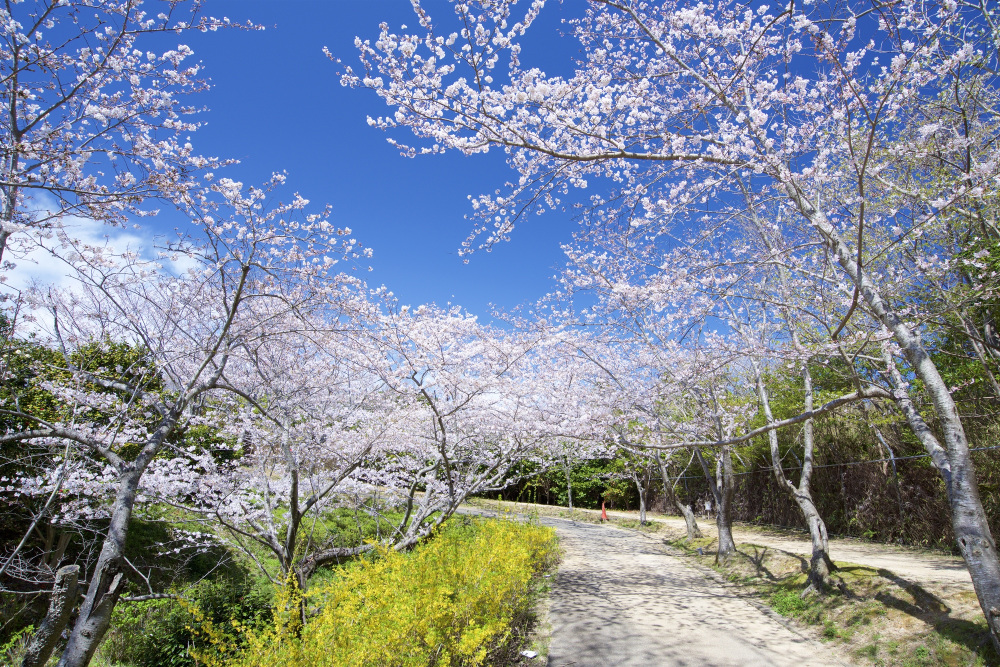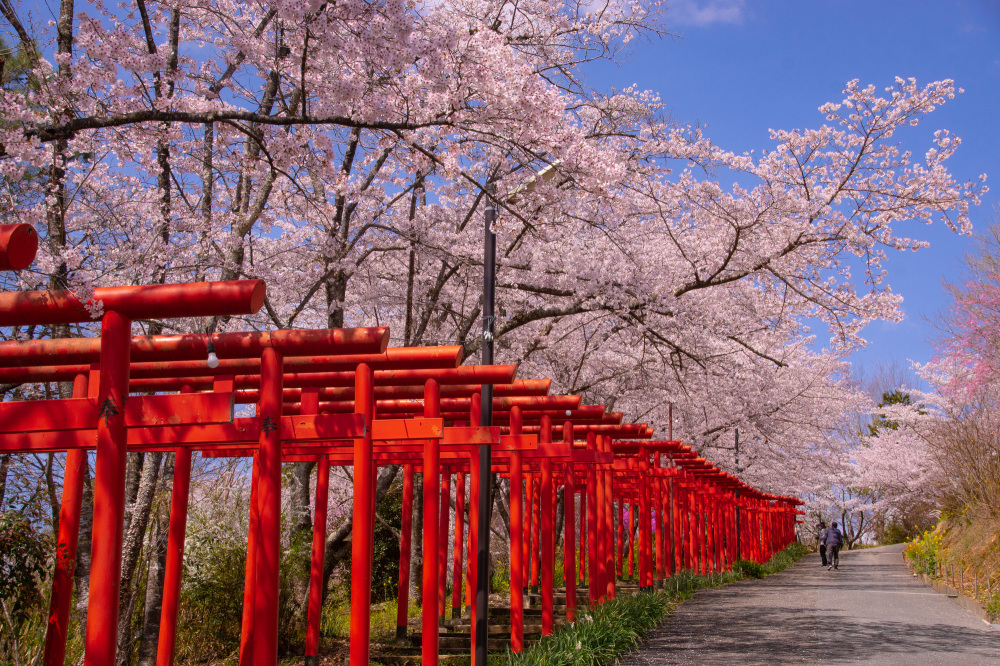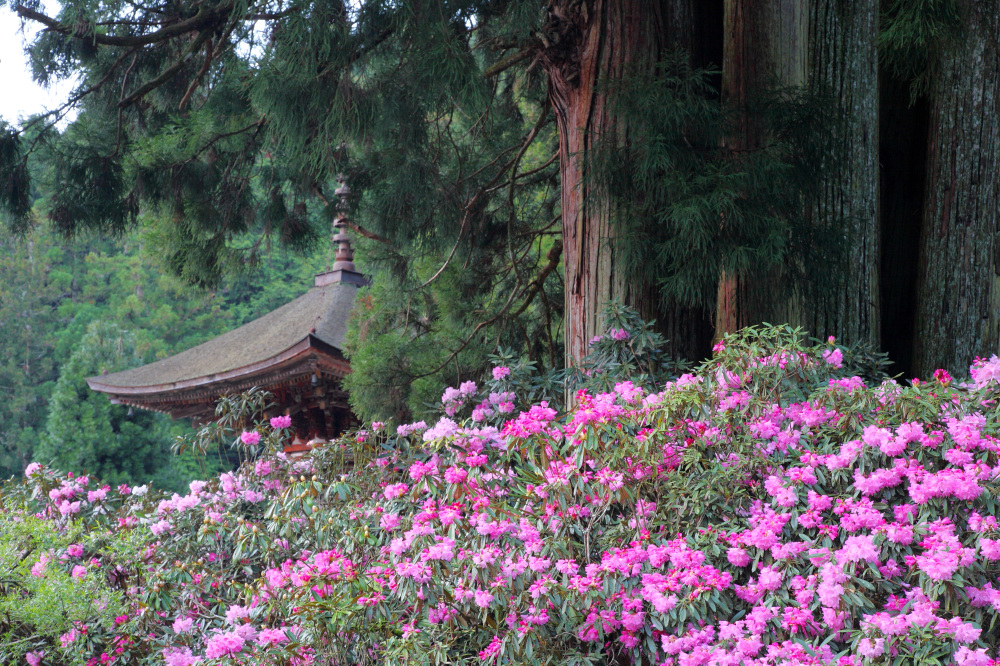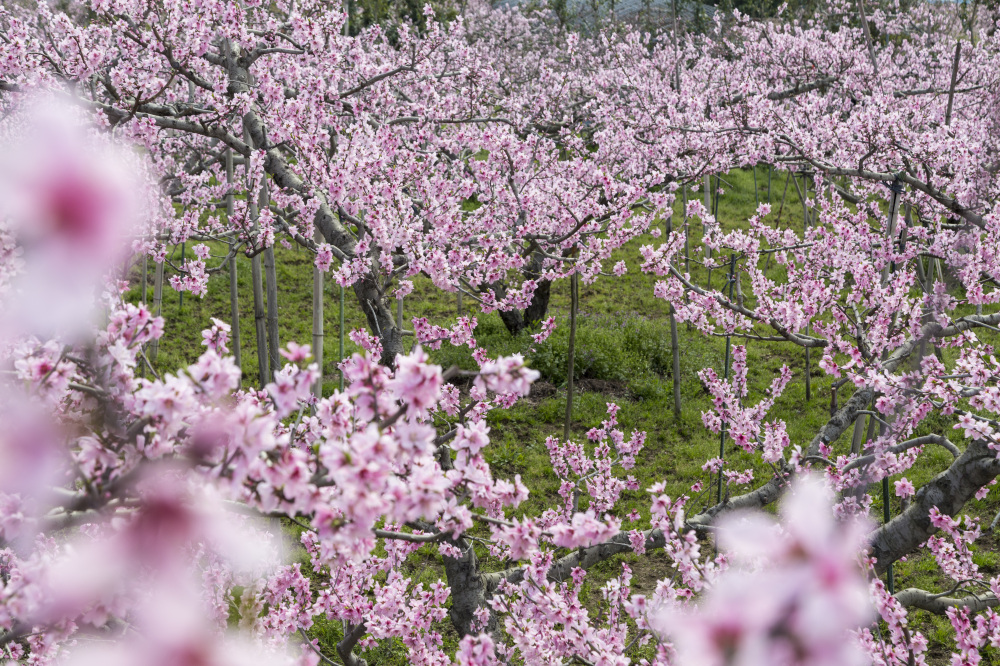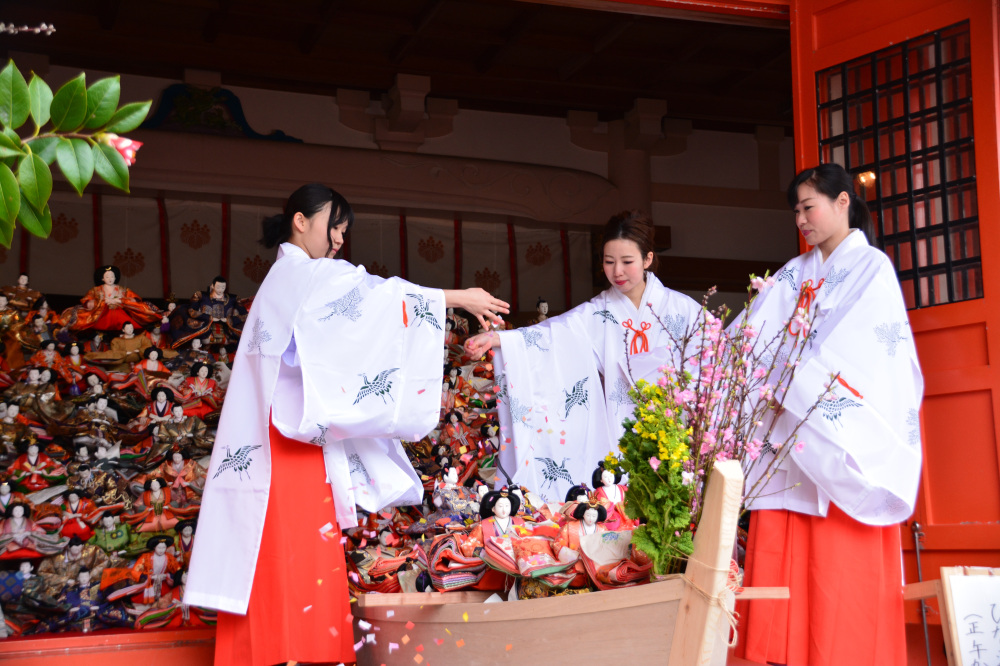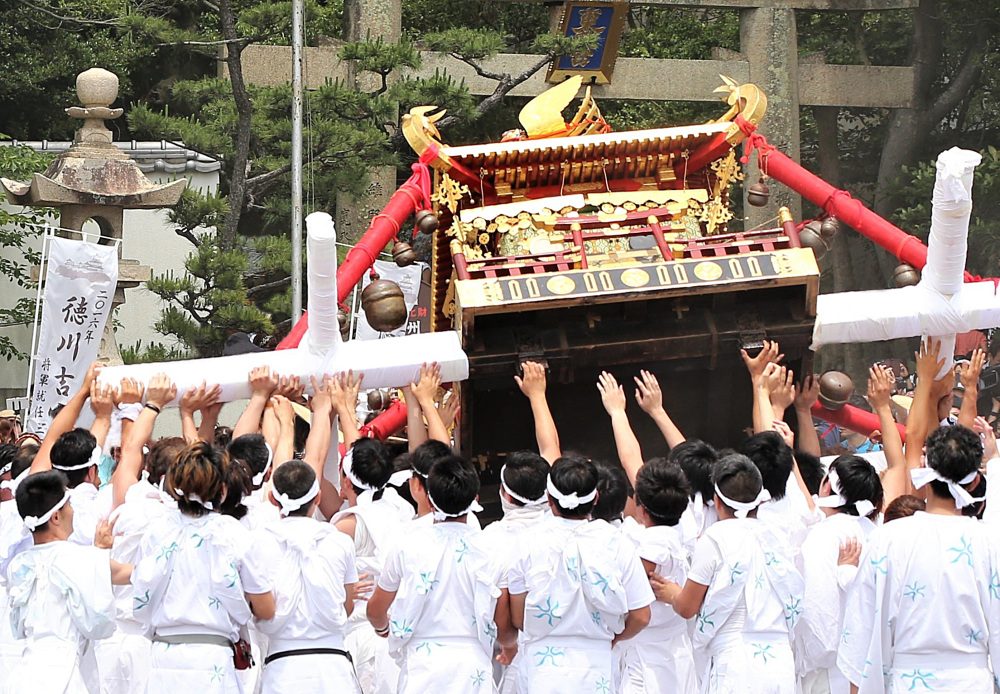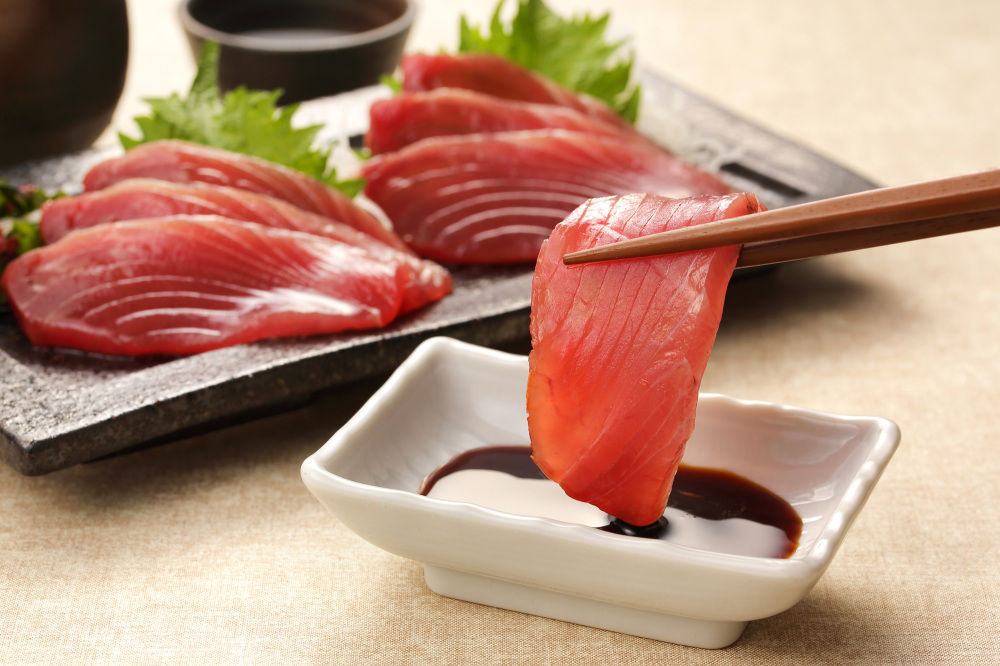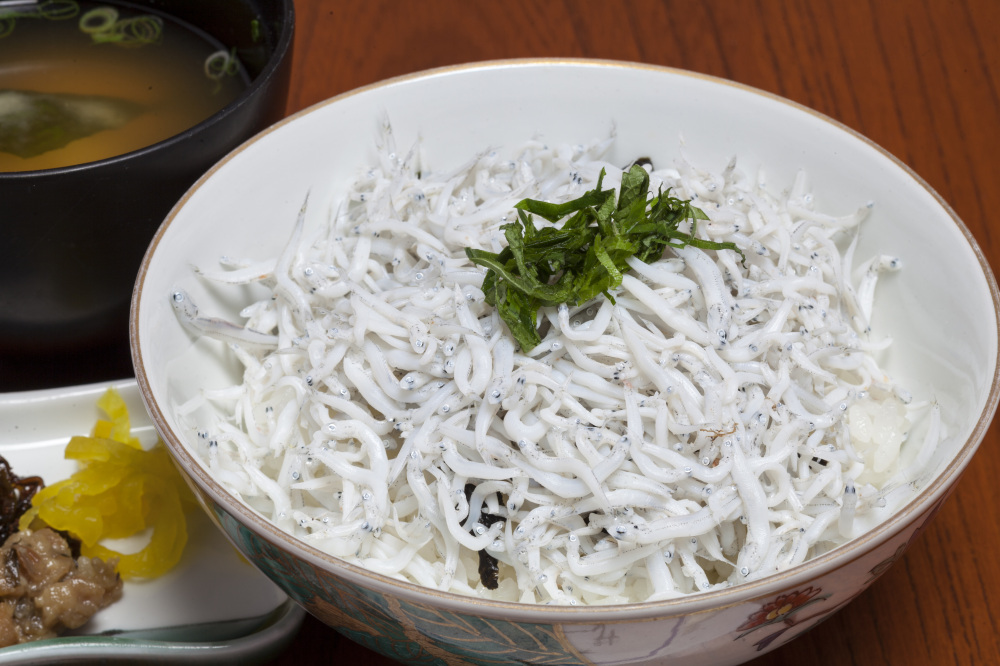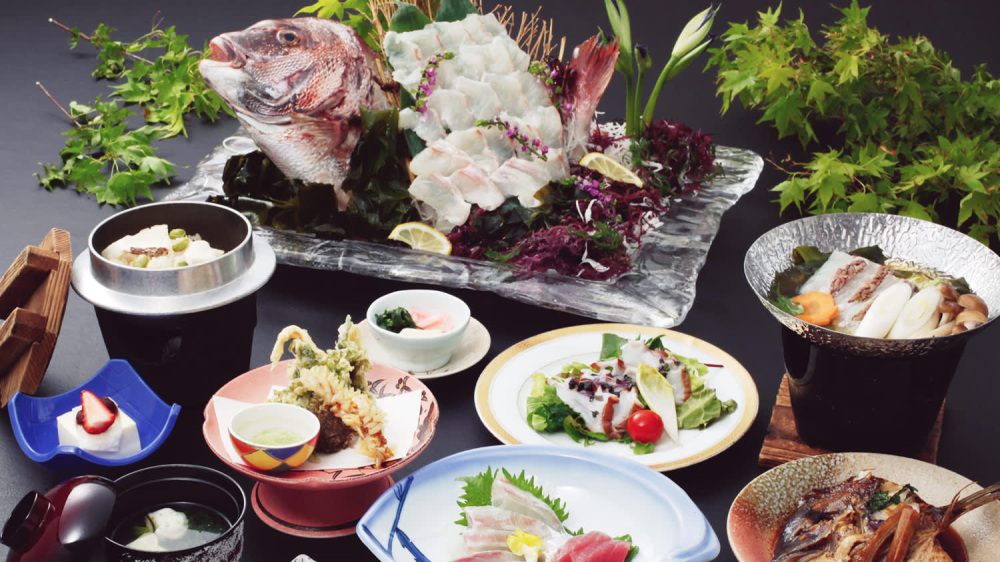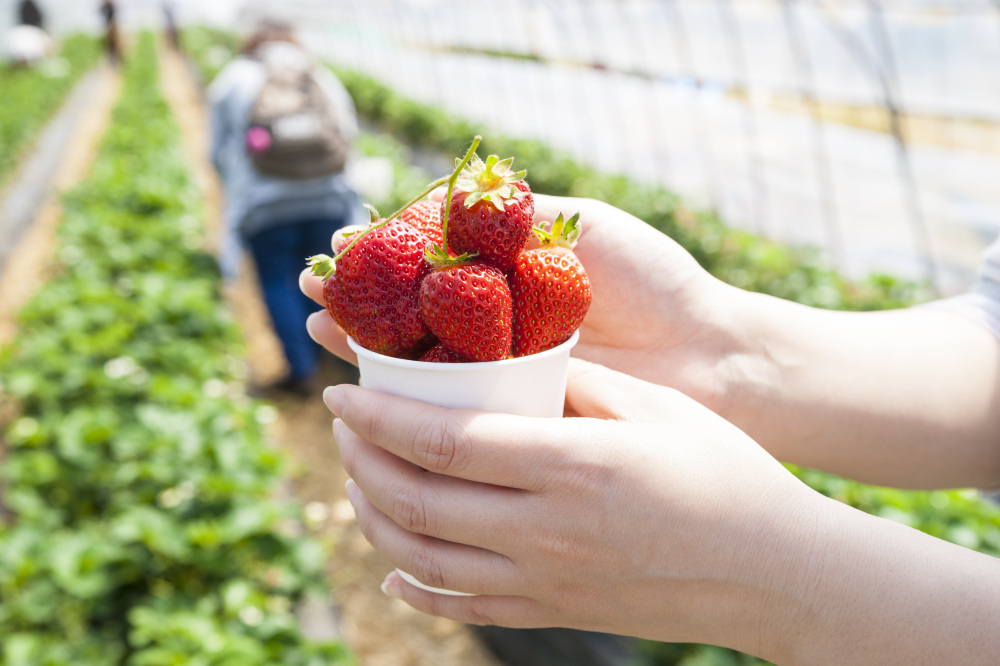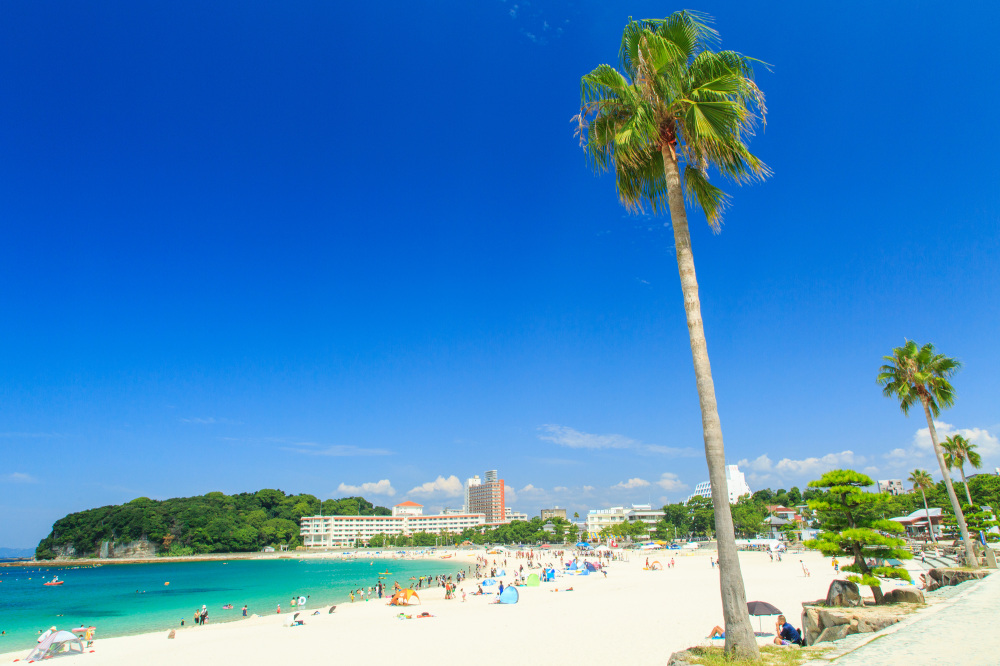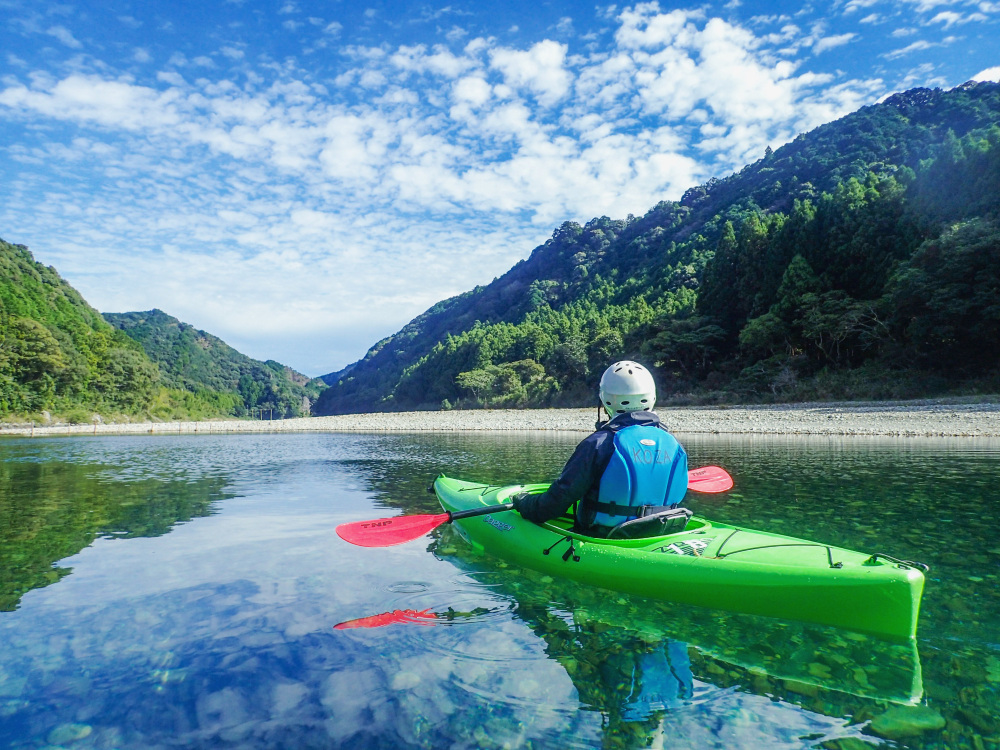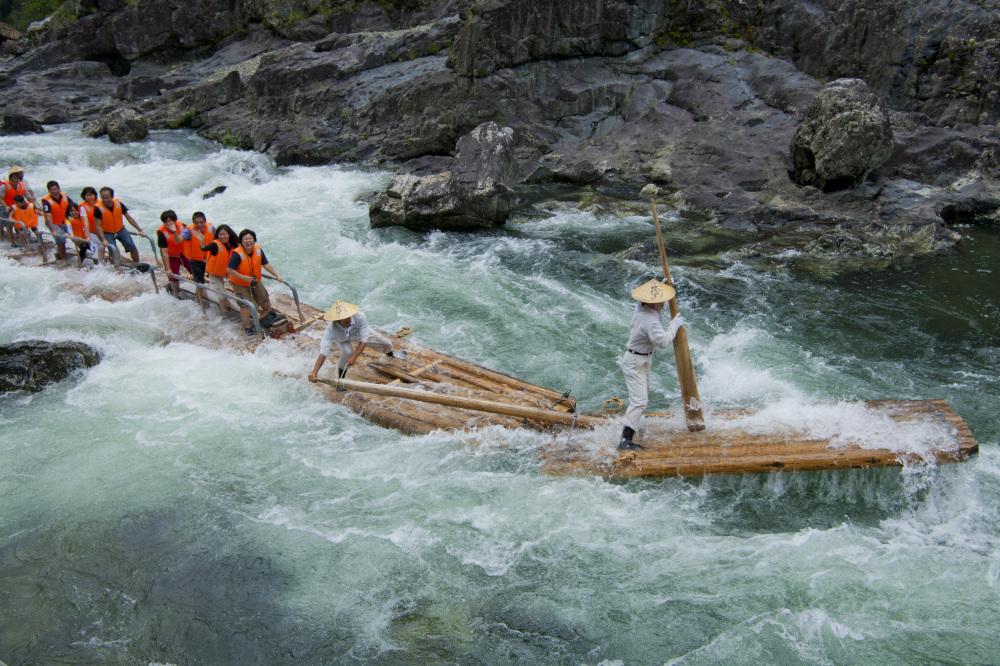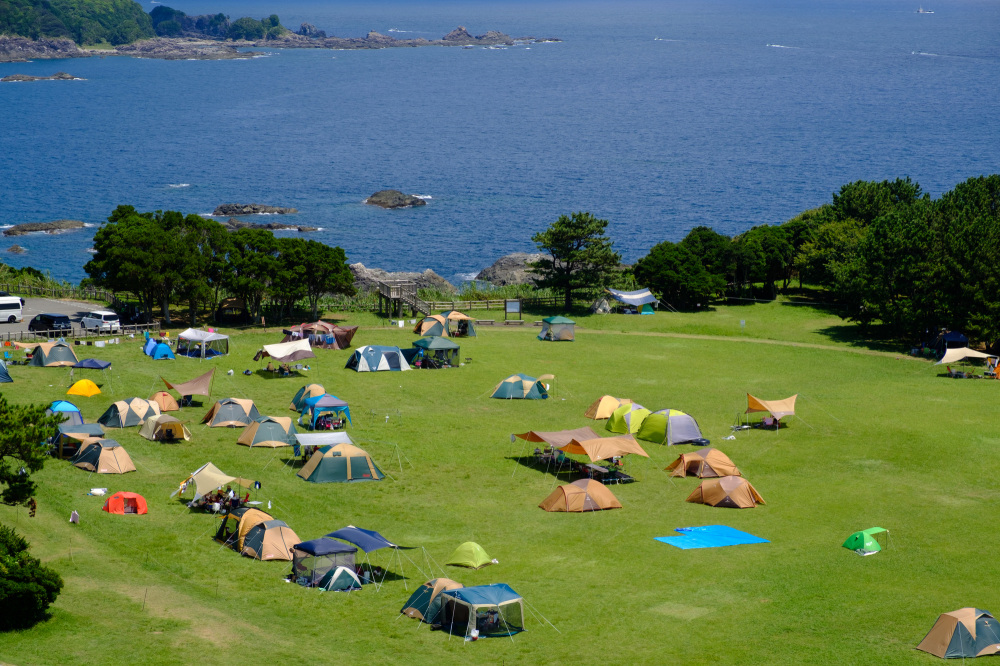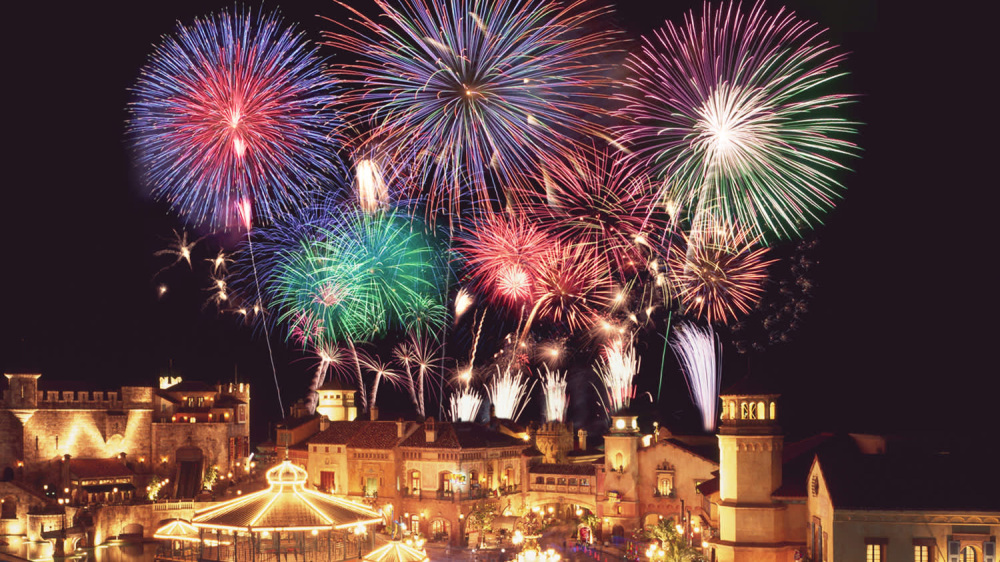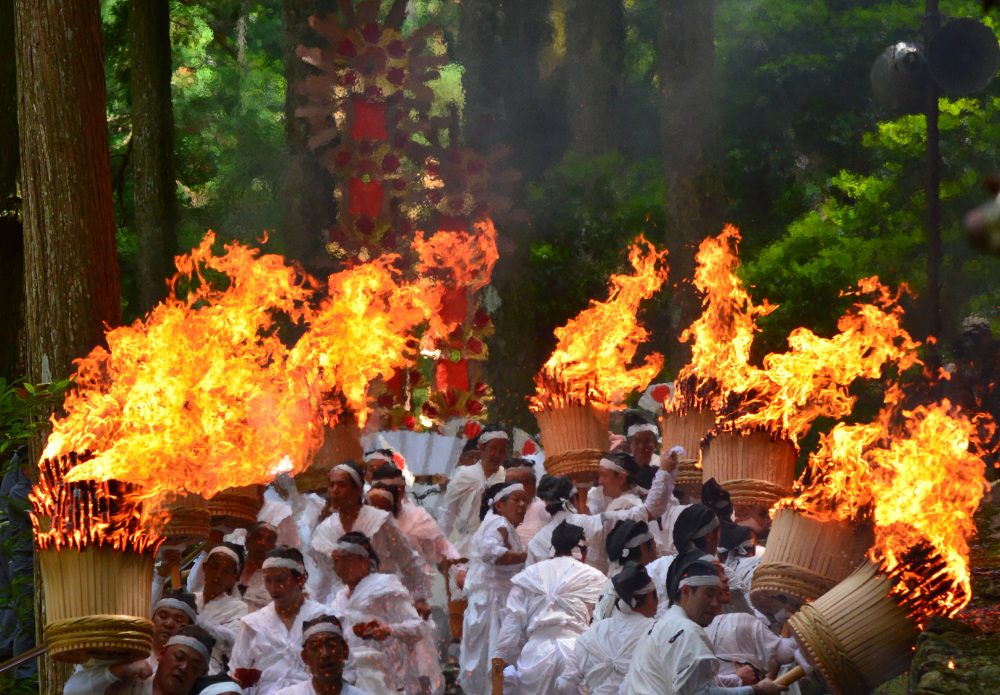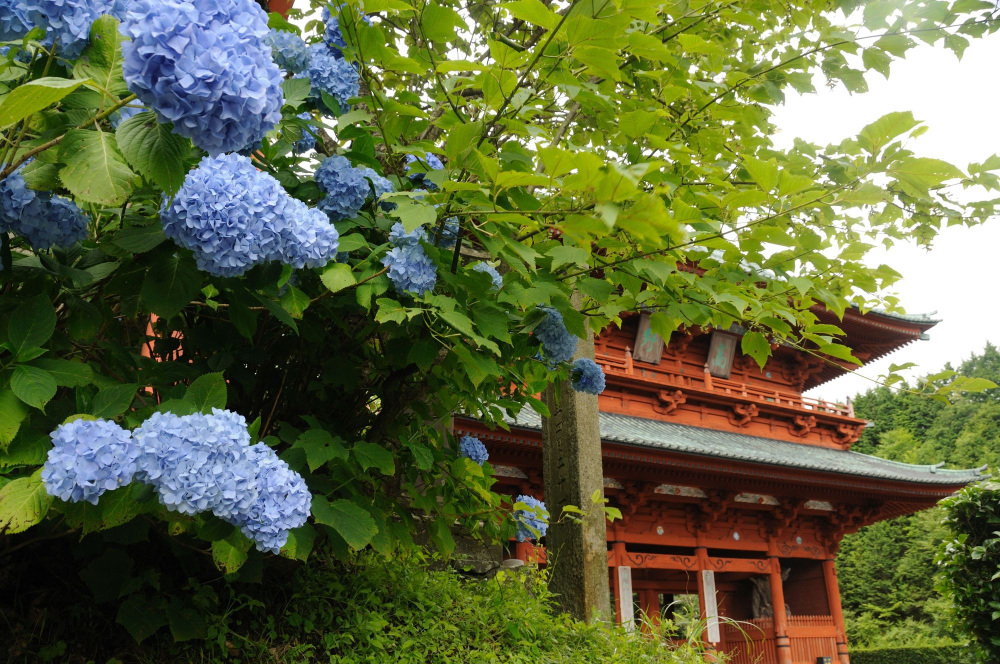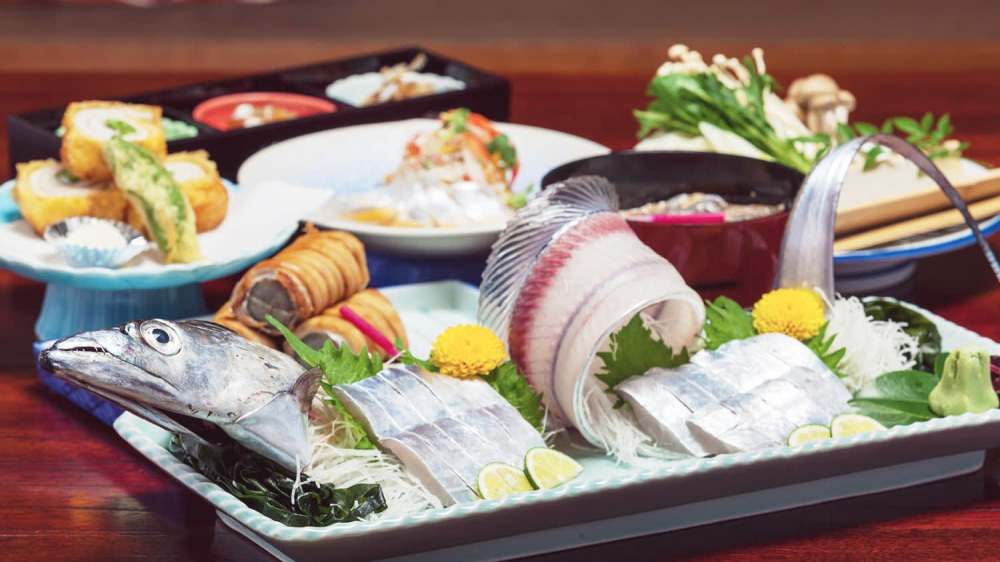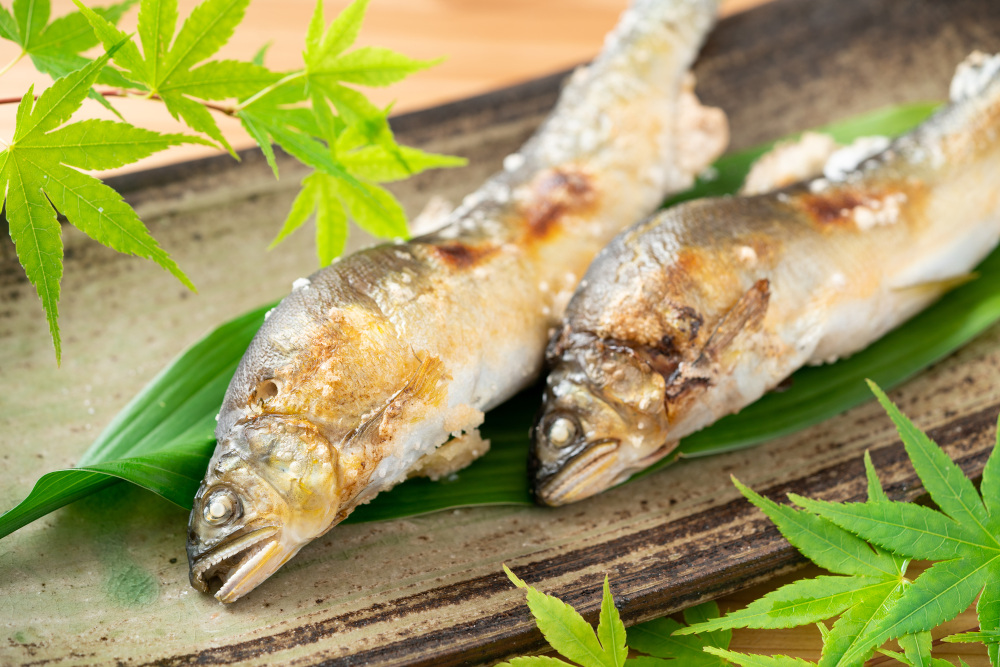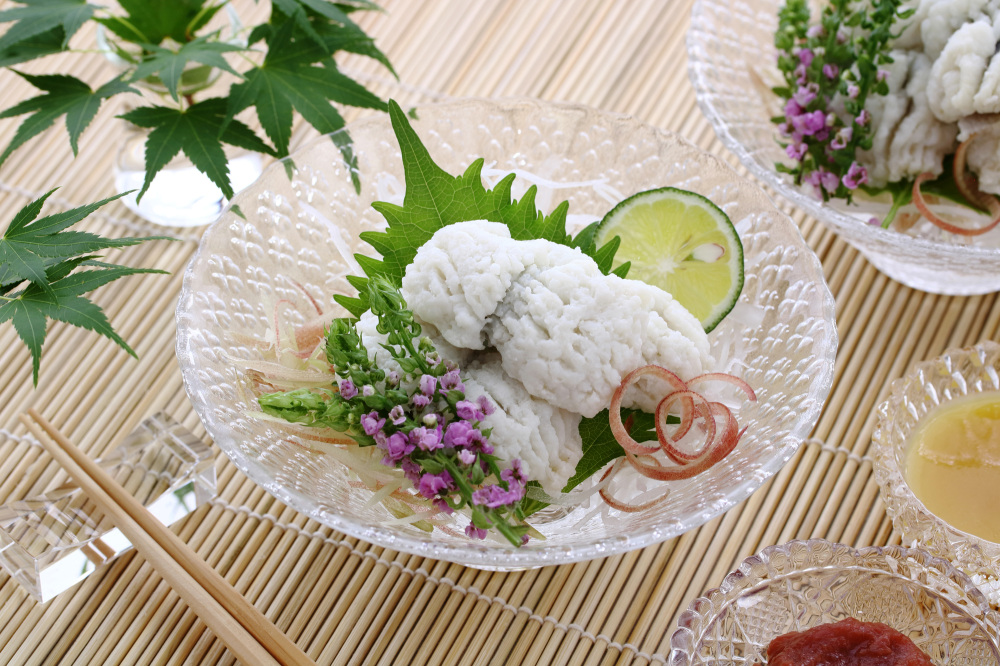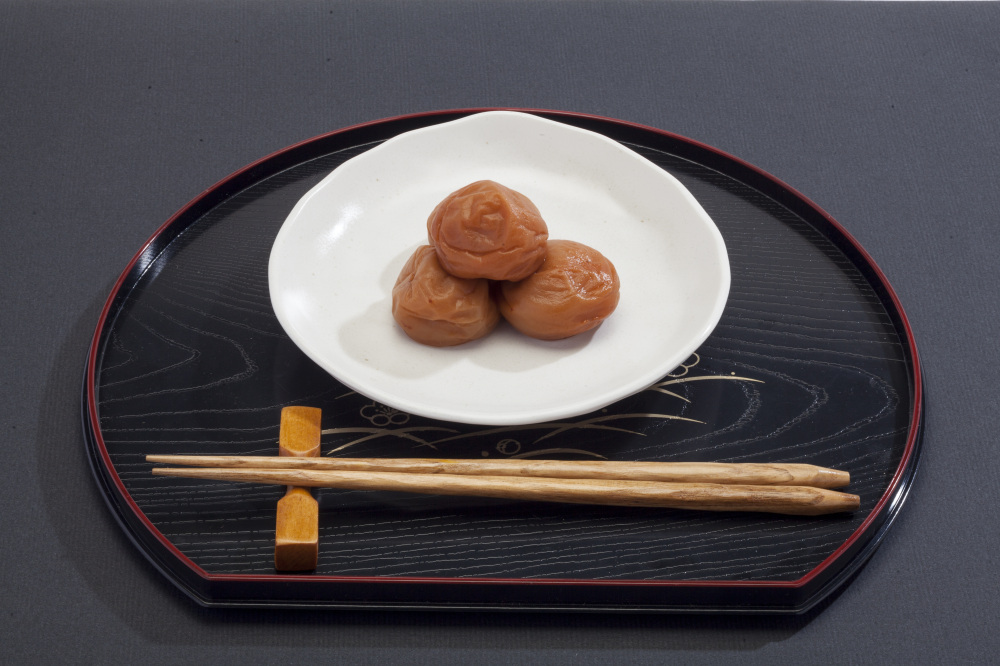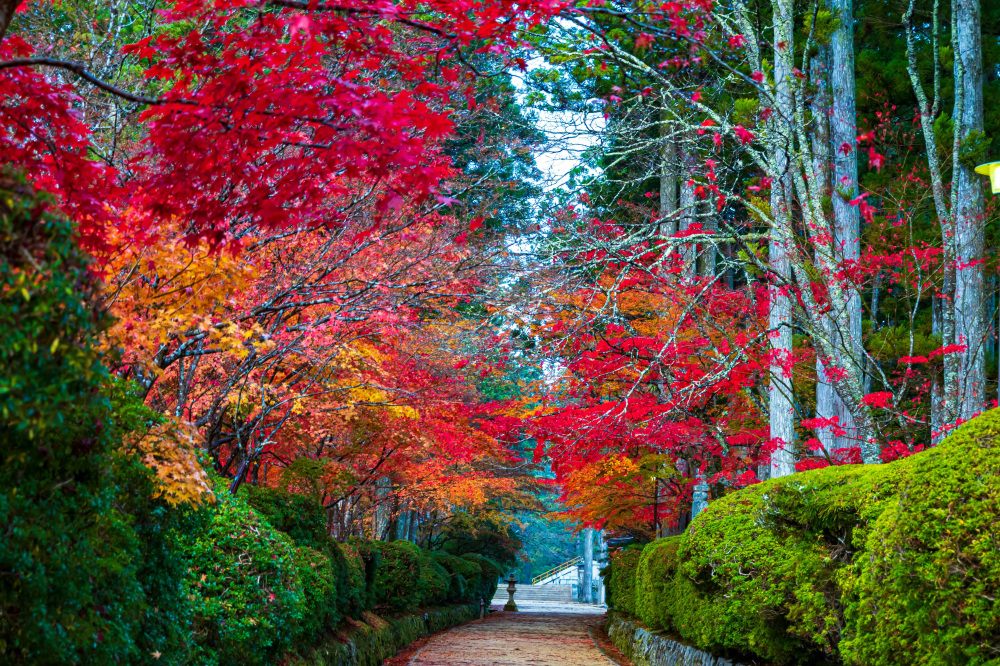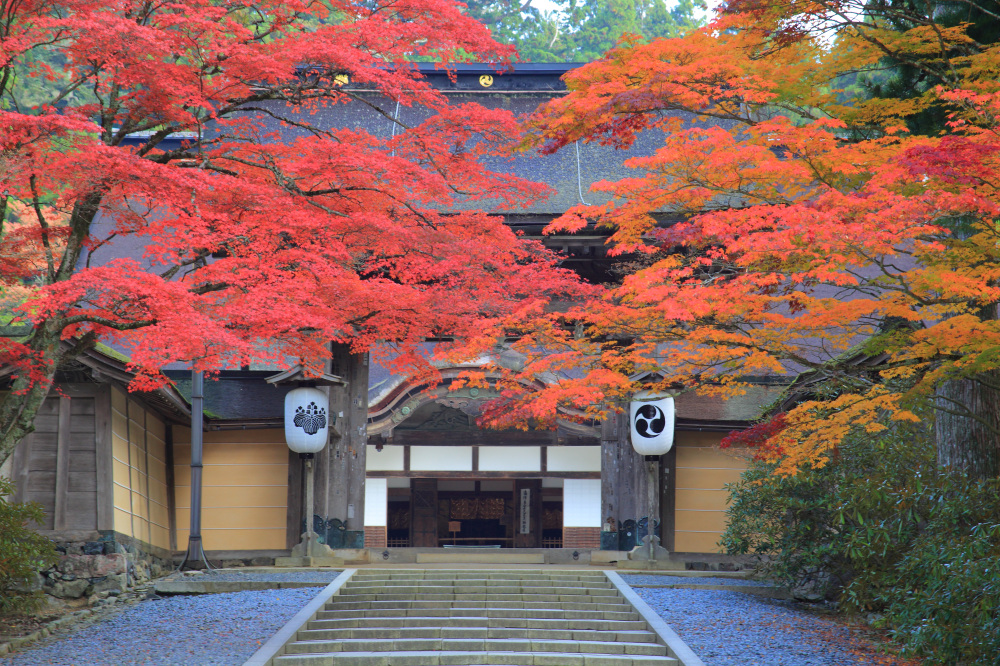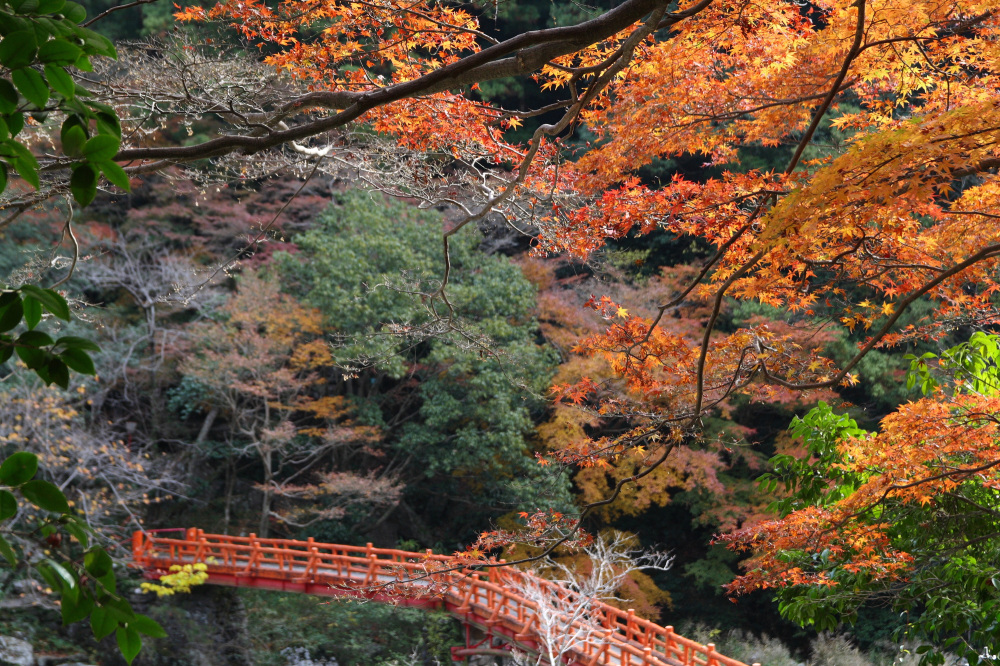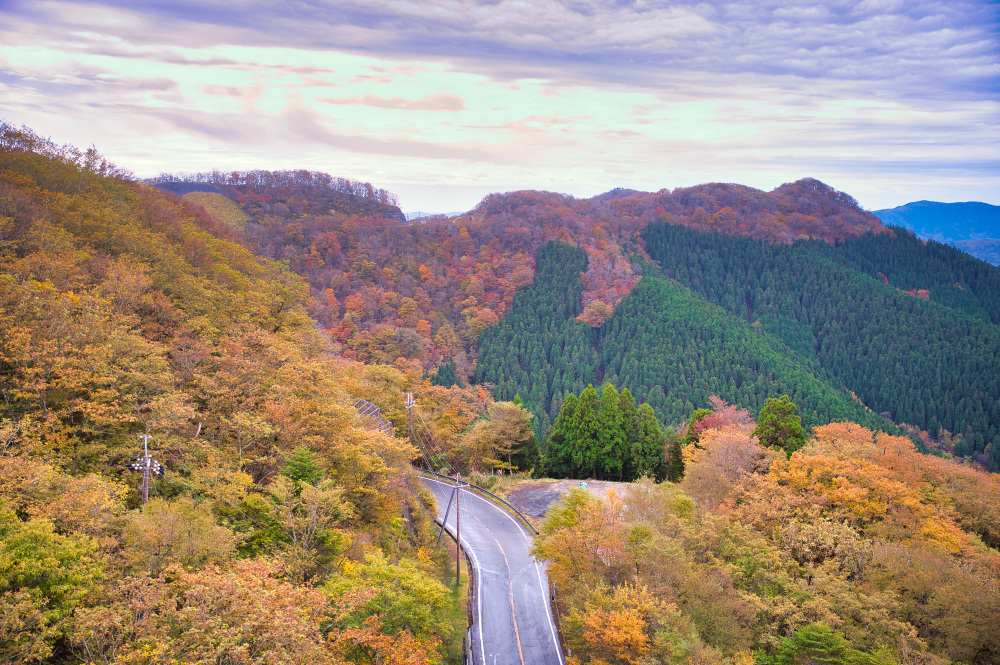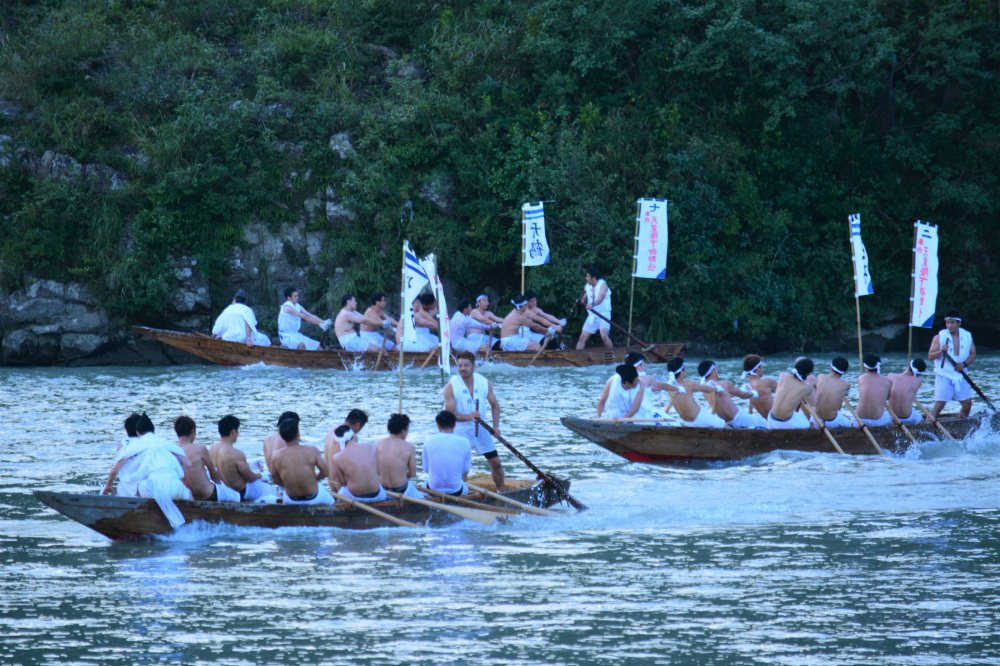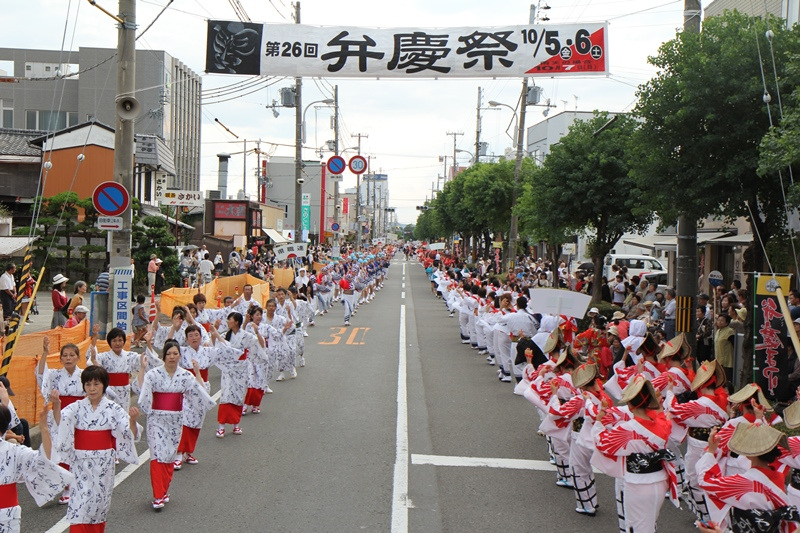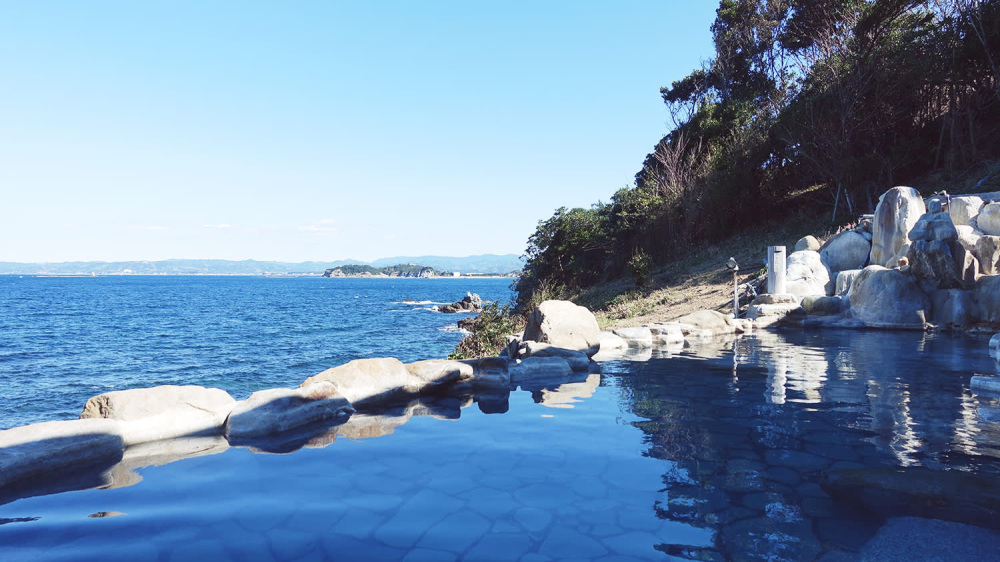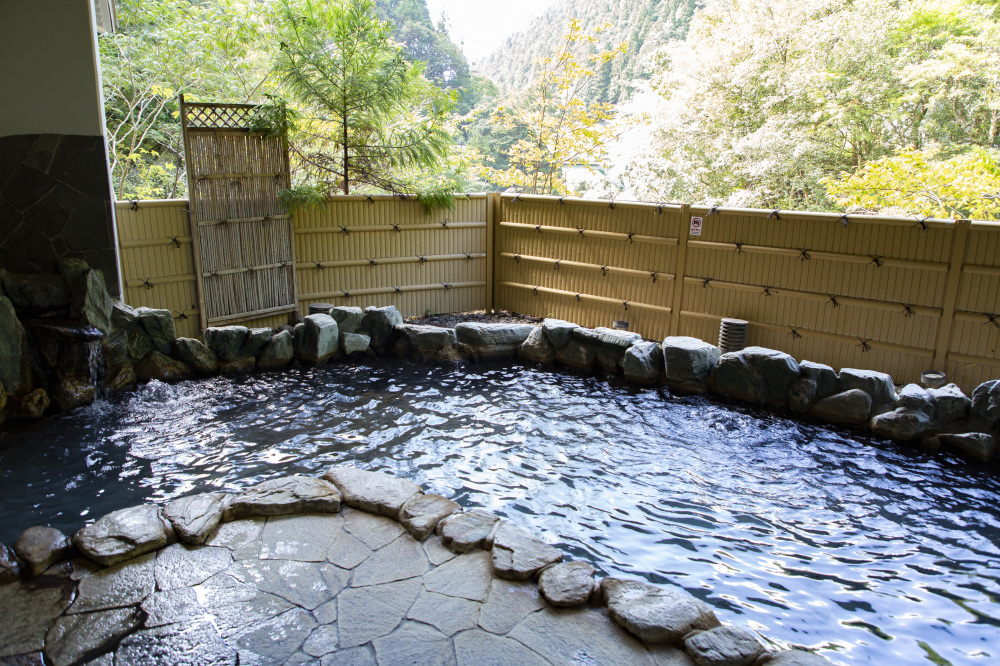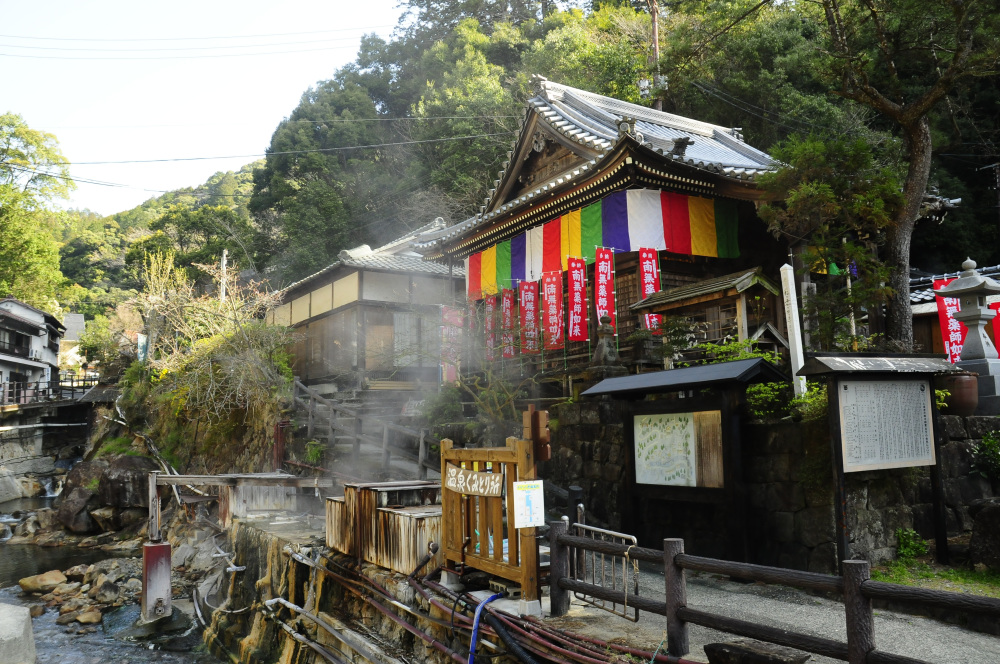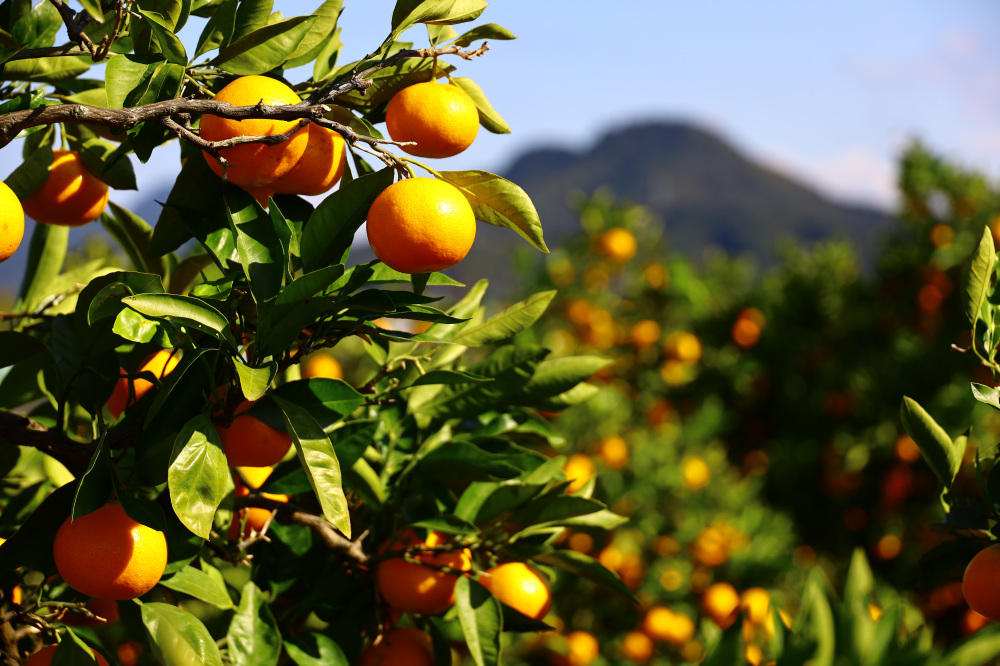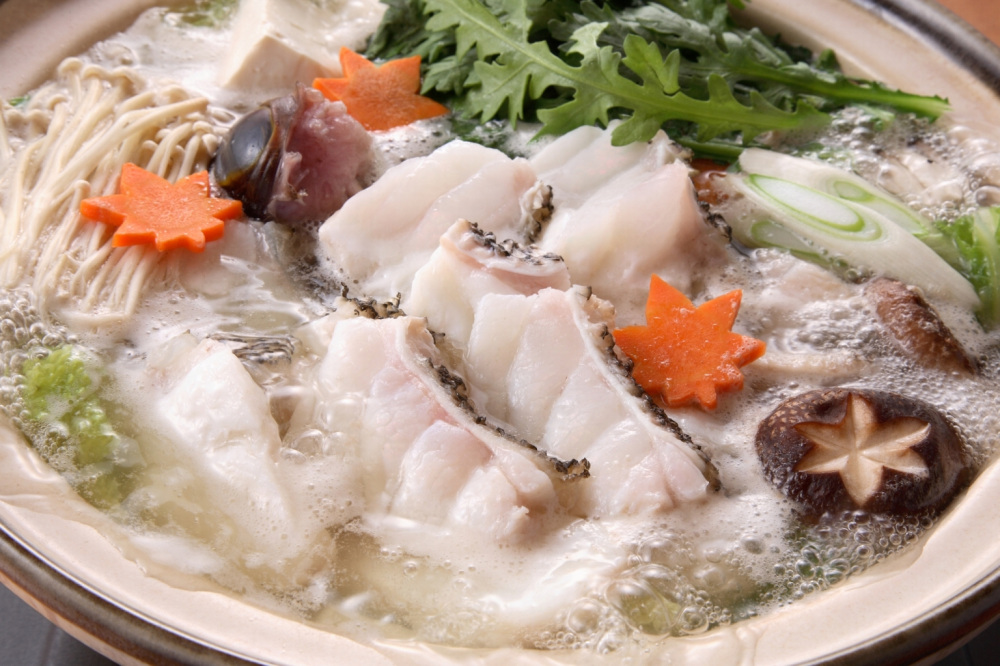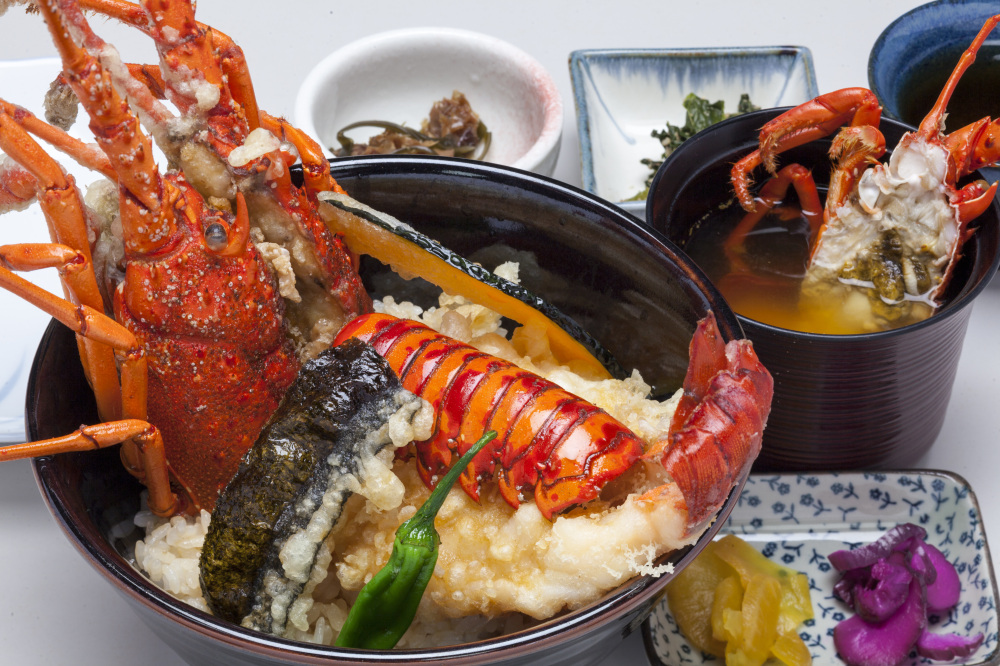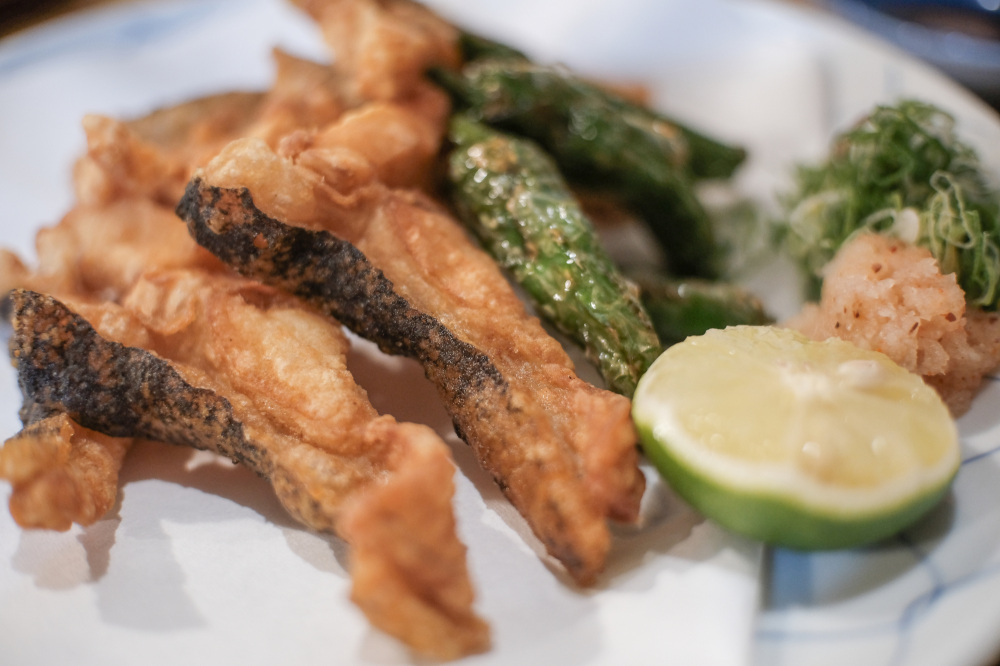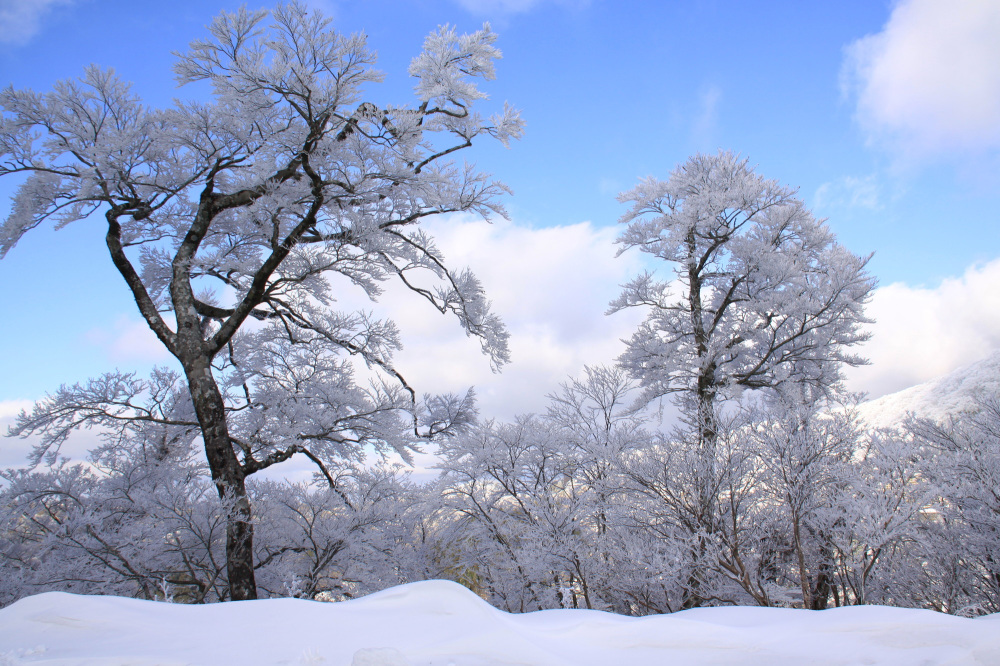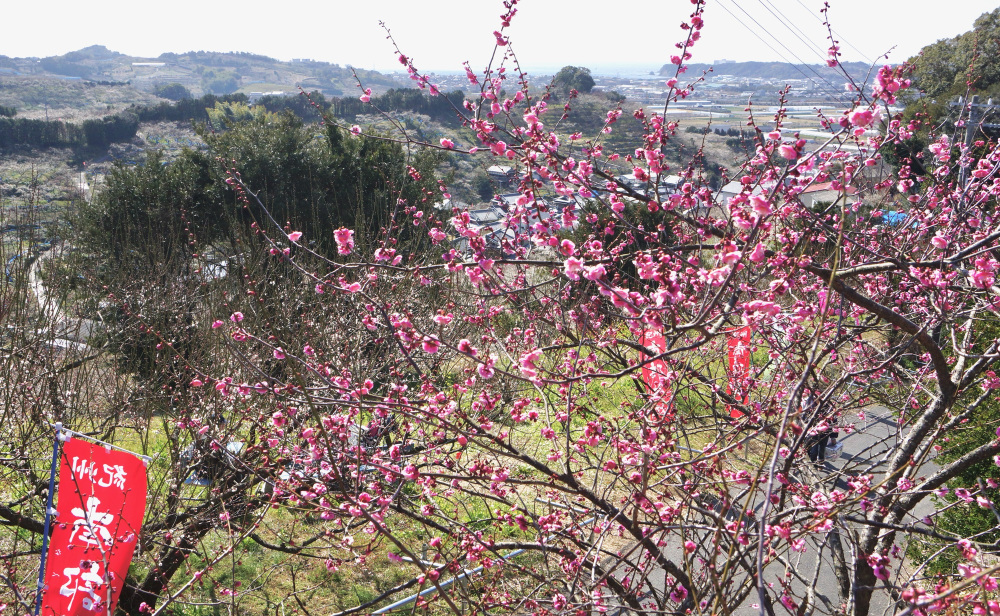Seasons
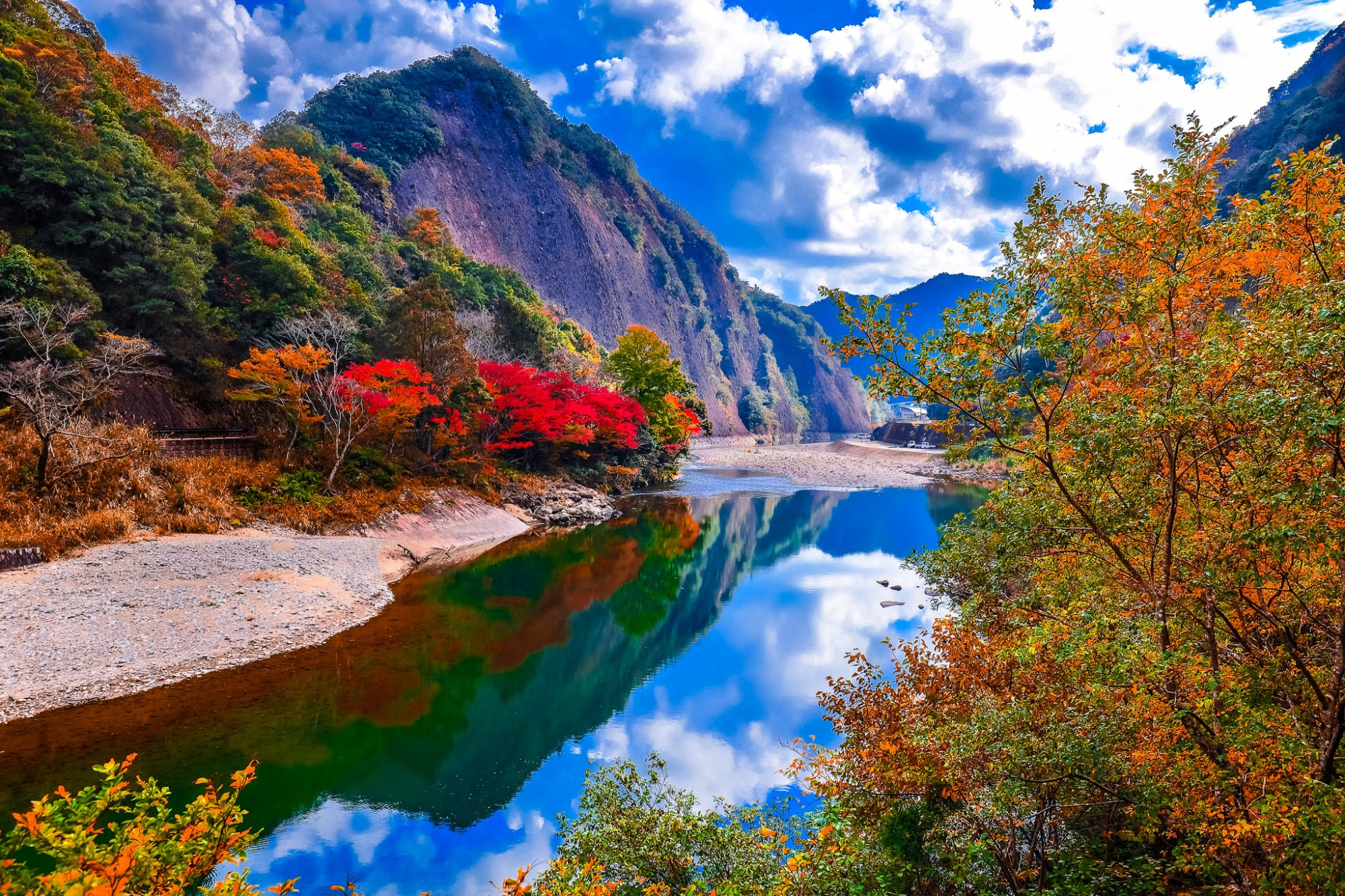
Wakayama is a sightseeing destination overflowing with seasonal charm. In spring, go to the beautiful spots with cherry blossoms and fresh greenery. In summer, try sea bathing and marine sports along white sandy beaches. In autumn, you will be impressed by the vivid red and yellow autumn leaves spreading all over the landscape! In winter, onsen and snowy landscapes will make your trip even more exciting. Tasting seasonal foods nurtured by the rich nature is another important element to enjoy on your trip.
Check out the useful seasonal information for sightseeing in Wakayama and plan the perfect trip for yourself.
Seasonal temperatures and clothing
Wakayama has a mild and temperate climate all year round. Please refer to the temperature and clothing guidelines to prepare for your trip.
■Spring (March to May): 4°C to 26°C
The weather becomes brisk during the daytime and the beaches opens officially in Shirahama in May. Bring something to wear in case it gets cold in the mornings and evenings.
■Summer (June to August): 21°C to 36°C
The number of hot days increases after the rainy season, peaking in August. Since the rooms are air-conditioned, cardigans, parkas, etc. are useful.
■Autumn (September to November): 8°C to 24°C
During the daytime, many days can be spent in long-sleeved shirts. For night time, use a jacket, windbreaker, etc. to stay warm.
■Winter (December to February): -1°C to 14°C
The coldest month is January. It is advisable to wear a moisture-retaining inner layer, knitwear, and a winter coat to protect against the cold. In the higher elevations of Koyasan, temperatures can drop below freezing and snow may fall.
Wakayama in spring is a treasure trove of flowers
Spring is a time when you can see flowers blooming in all their glory. Kimii-dera Temple in Wakayama City is known for its early blooming cherry blossoms. Wakayama-jo Castle and Heisougen Park are also recommended for cherry blossom viewing. Some spots are lit up at night, so check in advance before visiting.
In addition to cherry blossoms, rhododendrons and peaches are also at their best during this season. Rhododendrons are in full bloom at temples such as Kongosanmai-in on Koyasan in early May. For a peach-blossom viewing spot, visit Togenkyo along the Kino-kawa River, where from the end of March to the beginning of April, the entire area is tinted pink and the faint sweet aroma of peaches will soothe you.
Spring Festivals and Events
Hina Nagashi is a Shinto ritual held every year on March 3 at Awashima Shrine. Hina dolls dedicated from all over Japan are put on small boats and floated out to sea, along with papers on which wishes are written.
Waka-matsuri Festival is a traditional festival that has continued for more than 400 years since the Edo period. It is held every year on the second Sunday in May at Kishu Toshogu Shrine, which is dedicated to Tokugawa Ieyasu. The sight of the mikoshi (portable shrine) descending the 108 stone steps in a heroic manner is spectacular! A procession of taiko drums and dancers parade through the streets.
Spring Gourmet
In spring, fresh ingredients from the sea and rivers abound! Fresh bonito (katsuo) sashimi, whitebaits (shirasu) boiled in a kettle or dried in the sun, and pale pink cherry sea breams (tai) are a delicacy that will make even the most discerning foodie swoon.
Until mid-May, sweet and juicy strawberries such as "Marihime" are also in season. All-you-can-eat plans are available for the harvesting experience, so be sure to join in!
Enjoy summer by the water!
With its long coastline, Wakayama has many beautiful white sand beaches. At many of them, you can enjoy snorkeling, scuba diving, and whale watching. In the Kumano area, you can also plan an emotional river cruise on a raft made of logs.
Glamping and camping under the stars are also available. Enjoy the summer to the fullest while feeling the resort atmosphere.
Summer Festivals and Events
Fireworks festivals are held throughout the prefecture from July to August. The Shirahama Fireworks Festival is a spectacular display of about 3,500 fireworks launched from the beach! Many people visit from far away.
The Nachi-no-Ogi matsuri (Nachi Fire Festival), a Shinto ritual of Kumano Nachi Taisha Grand Shrine, registered as a World Heritage site, is an exciting festival of water and fire held at Nachi Watefall. The sight of men dressed in white heroically climbing the stone steps carrying large flaming torches is a powerful sight.
In Koyasan, hydrangeas are in full bloom about one month later than in other areas.
Summer Gourmet
Wakayama is one of the largest producers of cutlassfish (tachiuo) in Japan. It is moderately fatty but has a light flavor, so it tastes great as sashimi, fried, or cooked in a pot. Natural sweetfish (ayu), grown in the abundant clear streams, is best enjoyed grilled with salt. Pike congar (hamo), known as a luxury food, is also a true taste of summer.
This is also the time of year when the making of pickled plums (umeboshi), which are available in many varieties and cannot be missed as souvenirs, flourishes.
A spectacular autumn-only view you must see
The mountains turn brilliantly colorful in the fantastic autumn. The best time to view the autumn leaves in the prefecture is roughly from late October to early December.
At Koyasan, the beautiful views of the historic temple alongside the autumn leaves is magnificent. If you drive along the Koya Ryujin Skyline, you can enjoy the yellow and red autumn leaves spreading across the slopes. The Kizetsukyo Gorge, a series of unique rock formations, is a great spot for taking pictures. Be sure to capture the red bridge and autumn leaves on your camera!
Autumn scenery
Aragi-jima Island is located in a remote mountainous area and is characterized by the unique pattern of rice fields of various sizes. It has been selected as one of the 100 best terraced rice paddies in Japan, and before the rice harvest in September, the entire area turns a beautiful golden color.
The Oishi-kogen Highland offers a 360-degree panoramic view of Rokko, Awaji, and even Shikoku. It is said to be the finest field of silver grass in the Kansai region, and the shimmering golden grasslands are a magnet for visitors.
Washigamine Cosmos Park, where cosmos flowers bloom, is another representative autumn scenery.
- Aragi-jima Island Rice Terraces
- Aragi-jima Island is a unique sight designated as one of the top 100 rice terrace views in Japan. In 2013, it was also awarded n…
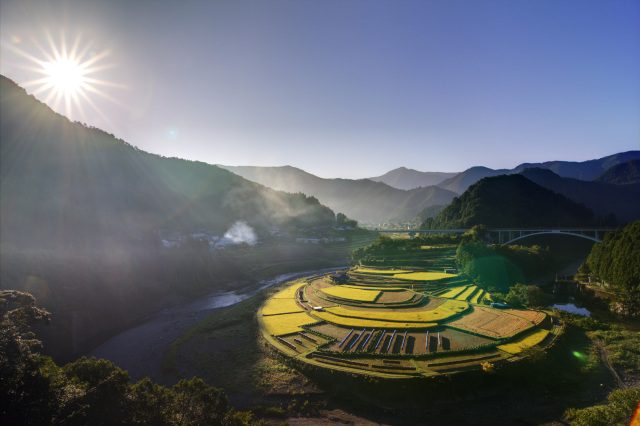
- View more
- Oishi-kogen Highland
- Oishi-kogen is a highland area that straddles Kimino and Aridagawa. It is famous for its large expanse of Japanese pampas grass …
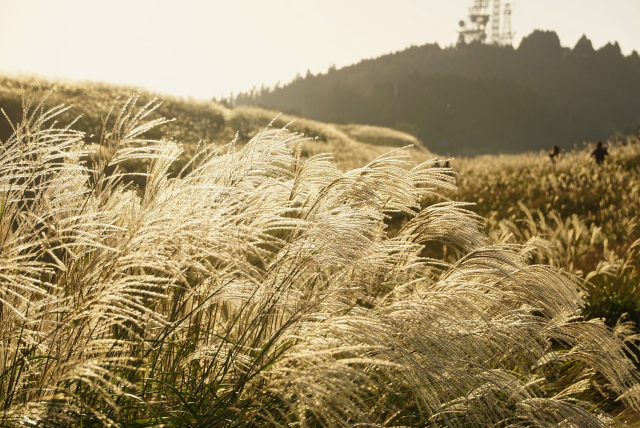
- View more
- Washigamine Cosmos Park
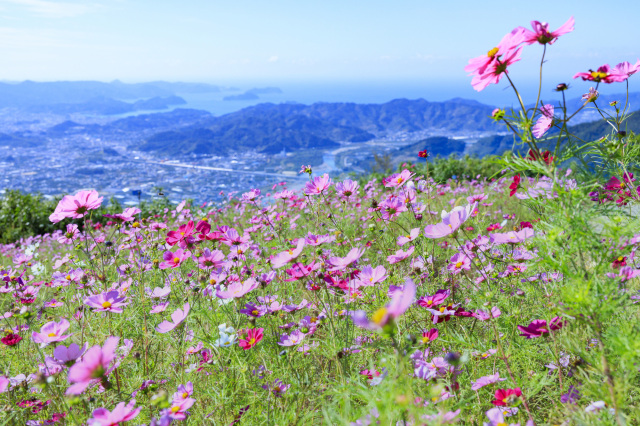
Autumn Festivals and Events
The Mifune-matsuri Festival of Kumano Hayatama Taisha Grand Shrine and the Benkei Festival of Tanabe City are traditional autumn festivals in Kumano area.
In the Mifune-matsuri Festival, nine hand-pulled boats compete for speed as they make three circumnavigations of Mifune-jima Island, located in the upper reaches of the Kumano River. The boats row so vigorously that they almost collide with each other, and the competition for position is very powerful.
The Benkei Festival is held in Tanabe City, where Benkei, the most powerful monk, is said to have been born. Benkei Geta Odori (dance performed by a total of 1,000 people), Benkei Yosakoi Odori (dance), theatrical performances, and other lively events are held, culminating in a fireworks display in the evening.
Winter is the time for healing hot springs
Wakayama, one of the most natural wildernesses in the Kansai region, is also an onsen paradise. Each of the ocean, mountains, and rivers is dotted with unique onsen with different atmospheres. Shirahama Onsen, one of the "Three Oldest Onsen in Japan," and Ryujin Onsen, one of Japan's top three hot springs for enhancing beauty, are among the historic hot spring in Wakayama. There are also three hot spring resorts near the Kumano Hongu Taisha Grand Shrine, a World Heritage site, which offer healing for visitors on their Kumano pilgrimage.
Winter Festivals and Events
In winter, look out for gourmet events: until early December, visitors can experience the harvesting of "Arida mikan (mandarin orange)," which are famous across Japan for their sweet and rich pulp. The setting is a terraced field overlooking the Pacific Ocean. The taste of the oranges you pick yourself is exceptional.
Nachi katsuura Town holds an event where visitors can fully enjoy delicious fresh tuna.
Another must-see event is the annual Oto matsuri Festival held on February 6 in the Kumano area. This is a heroic fire festival where 2,000 men dressed in white and carrying torches climb down steep stone steps from Kamikura-jinja Shrine.
Winter Gourmet
When it comes to winter specialties, one cannot miss longtooth groupers (Kue), known as a high-end fish. It is a large fish, more than one meter long, and looks frightening, but one bite and you will surely be captivated by its elegant and deep flavor. Enjoy it in a variety of dishes such as nabe (hot pot), sashimi, and karaage (fried fish).
In addition, spiny lobsters (ise-ebi) and moray eels (utsubo) are also recommended seafood in winter.
Winter scenery
Although Wakayama is warm throughout the year, there are areas where snowy scenery can be seen in winter. On Mt. Gomadanzan, the highest peak in the prefecture, trees are covered with ice crystals, creating a serene white world.
The plum blossoms, which herald the arrival of spring, are also a must-see. At the Minabe bairin ume orchard grove, one of the largest plum orchards in Japan, white and pink flowers begin to bloom in late January, and you can smell the fragrance of plum blossoms as you walk along one of two different walking trails.

